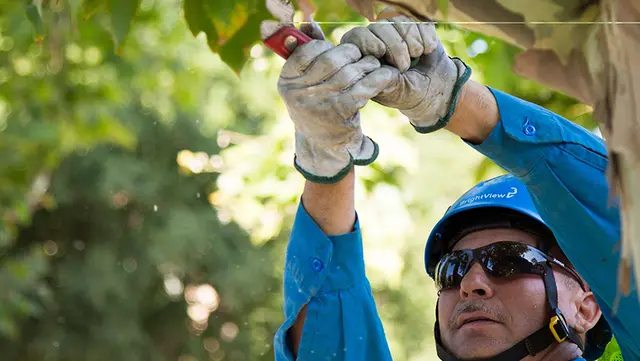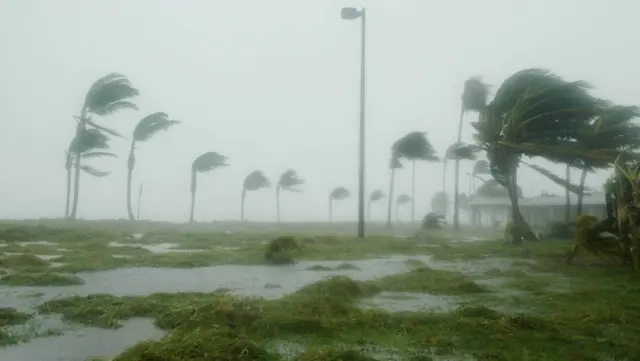Spotted Lanternfly: Tips for Protection - Ask BrightView
Ask BrightView: Episode 24
Native to Southeast Asia, the spotted lanternfly is an invasive species that first made an appearance in the United States in 2014. In addition to the damage it can cause to your landscape, the spotted lanternfly poses a large threat to both the ecosystem and the economy. Bill Paige, a certified arborist and BrightView’s spotted lanternfly remediation expert, shares tips for prevention against spotted lanternfly infestation.
(For the full transcript, see below.)
Expertise from Root to Canopy
Need an Arborist consultation? Work with an experienced, safety-conscious local crew, certified arborists, and all the specialty equipment and techniques needed to keep your trees thriving.
Video Transcription
Spotted Lanternfly: Tips for Protection
BILL PAGE, expert:
I'm Bill Page with BrightView landscape services here in southeastern Pennsylvania and just recently we've run across this spotted lanternfly problem which has become a huge issue here in Pennsylvania.
How did they get here?
In 2014, a shipping decorative stone which sent old quarry here in southeastern Pennsylvania and on that shipment of stone were spotted Lanternfly eggs which have since hatched and spread. Between 2014 and now, we have this infestation of spotted lanternfly’s. What we're seeing today, which we think is going to get far worse than it is now, is it's been found in 16 counties in Pennsylvania as well as a few sightings in Virginia and New Jersey. They are originally from Vietnam, Cambodia, Laos, and parts of China. In the US they have no known predators and are multiplying.
How does it infect a tree?
The spotted lanternfly sticks its nose in its host, sucks out the sugars and amino acids. They then begin to secrete a honeydew. This honeydew becomes food for fungus, which stains the host the black and it blocks the trees ability to produce its own food and over time weakens the tree and eventually they die.
The host range here is not only Tree of Heaven but seventy other species of garden plants and commercially important agricultural crops, including grapes hops and some vegetable crops. Not only is this a problem aesthetically for the trees in your yard but this could also have a huge economic impact, not only for Pennsylvania, but for surrounding states, as well homeowners.
How can I protect my tree?
You can periodically take a look at trees and scout for the egg masses. You can physically remove them but be aware that they may be higher up in the tree and at some point you may need some other control measures to take care of this problem.
There's a number of contact insecticide available to the homeowner, which you can purchase it any of the hardware stores that easily control spotted lanternflies. You may need to reapply it several times throughout the season. They is are also what are called systemic insecticides which you can mix in a bucket. You can take a trowel or a shovel and make a trench around the crown of the tree. These materials are applied in that trench and are sucked up by the tree. This can give you up to four months control. The most important thing as you're doing these applications is to follow the label and the directions as they are toxic and you should be aware of people, pets, neighbors etc.
How do they spread?
Spotted lanternfly’s are not very strong fliers. They rely on wind current or wind direction to actually float from one location to the other. It's also important to keep in mind that they can be transported in vehicles on playground equipment, firewood camping equipment, lawn furniture, or anything outside where they could be hiding or hitch a ride to the next location. You have to be cognizant of the fact of where you're moving from and to.



